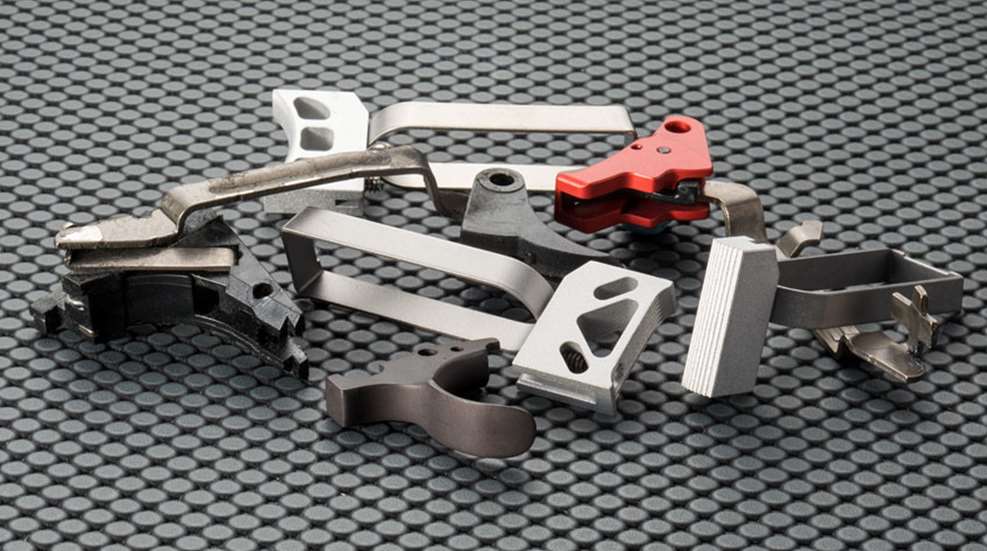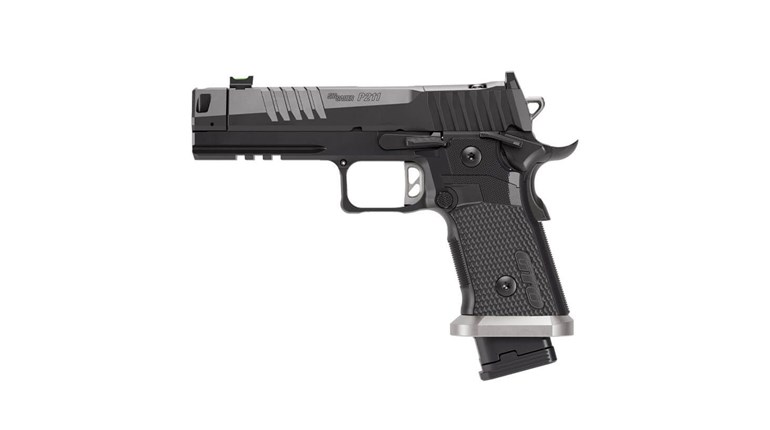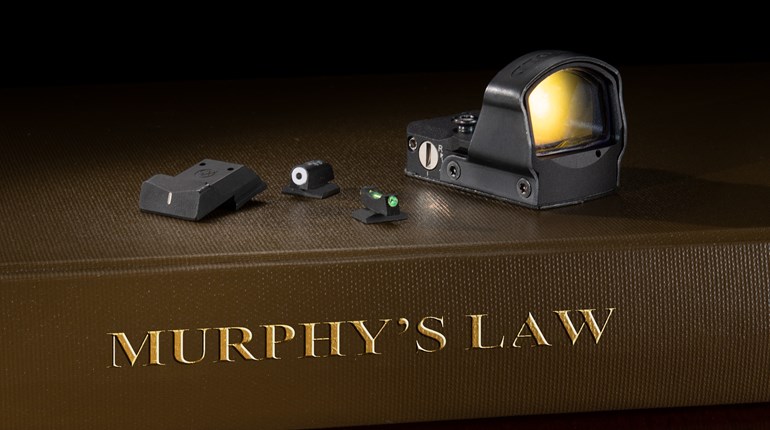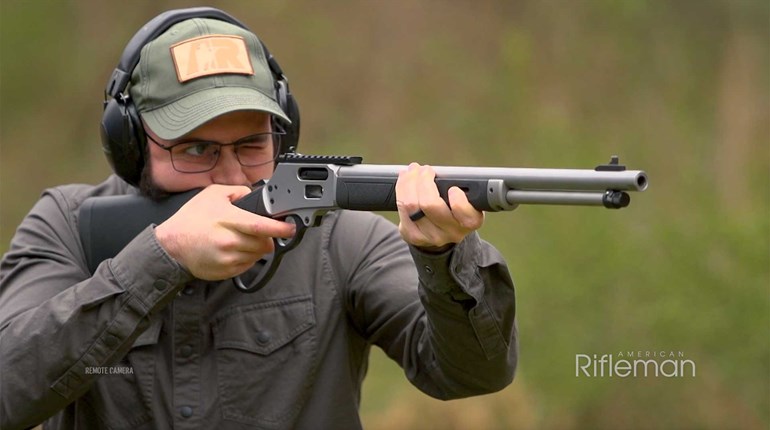
For being the primary control interface for a handgun, triggers didn’t seem to receive a bunch of attention in the old days. Well, at least not the part that stuck out of the gun and the shooter actually touched.
The benefits of a good trigger pull were well known back in the era of flintlock dueling pistols, and some of those things have scarily good trigger pulls. Even as late as the 19th century, however, a lot of handguns featured triggers that showed about as much attention paid to their shape and texture as a bent piece of coat hanger. (Colt Single Action Army, I’m looking at you.)
This seems in stark contrast to today, when an aftermarket trigger—and not just a “trigger job” on the existing mechanicals, but actually a physical replacement part—is one of the most common modifications people make to a personal firearm.
I’d put the point-of-origin for the modern diversification of trigger shapes in the early post-World War II era. Smith & Wesson’s long-barreled, target-oriented revolvers had started offering “Target Hammers” as an option. This upgrade had wide, checked pads for the hammer spur, in recognition of how these revolvers would likely be shot: in slow fire, single-action mode, bullseye style.
The target hammer was quickly supplemented by a target trigger, which was much wider and featured a sharply serrated face. The shape and texture of the trigger served a number of functions. Not only did the serrated face improve tactile feedback and minimize the chances of the finger slipping and disturbing the sight picture while taking a careful shot, but the wider face also increased the surface area the trigger finger pressed against, making the pull feel subjectively lighter.
Around the same time, Colt began selling the Gold Cup version of its Government Model, which similarly featured a wider trigger shoe than its service-pistol forebear. The reasoning there was essentially the same, as the Gold Cup was geared for slow-fire, match accuracy.
As a contrast to the target trigger, Smith & Wesson also began offering a Combat Trigger. Wider than the standard grooved service trigger, it featured a trigger face with a pronounced rounded cross-section that was polished smooth. The theory here was a shooter would be able to actuate the trigger faster and more smoothly in double action, especially if using the first joint of the finger rather than the pad.
These old trigger shapes and forms are echoed in the modern aftermarket trigger industry. The Glock family, which is pretty much the early 21st century equivalent of the Smith & Wesson wheelgun in terms of ubiquity, has probably the most numerous offerings. Among those is the Falx from Overwatch Precision.
In concept, the Falx is practically the old Combat Trigger for Smith & Wesson revolvers reincarnated in Glock form. The shape of the trigger shoe is curved in profile and the cross-section is distinctly rounded. This is to optimize the trigger for shooters who use the distal joint (aka the “power crease”) when shooting Glocks.
Meanwhile, over at Grayguns, Bruce Gray and company have been coming out with straight triggers for an array of handguns from both SIG Sauer and Heckler & Koch.
Long a popular alternative in the 1911 world, flat triggers are less sensitive to where the shooter’s finger lands when accessing the trigger in a hurry. On a pivoting trigger, like those in SIGs and HKs, a further benefit is that the trigger shoe can be engineered so that the sear breaks when the trigger is vertical, 90 degrees to the bore axis. This is theoretically less likely to disturb the sight picture.
One new feature offered by aftermarket triggers that wasn’t a consideration in the days of hammer-fired, double-action pistols is trigger safeties. Striker-fired pistols often have a mechanical safety in the trigger as an added hedge against inertial discharges, and these come in two flavors: Hinged two-piece triggers (found on Smith & Wesson and FN America handguns, mostly) and tabbed triggers (everybody else). If the hinged style bothers you, there are often aftermarket solutions featuring the more common “trigger tab.”
As the trigger is such an important interface, being able to tailor it to fit the user and the intended use makes sense. You wouldn’t expect one size running shoe to do the job for every wearer, right? So why should one trigger size and shape fit all?





































